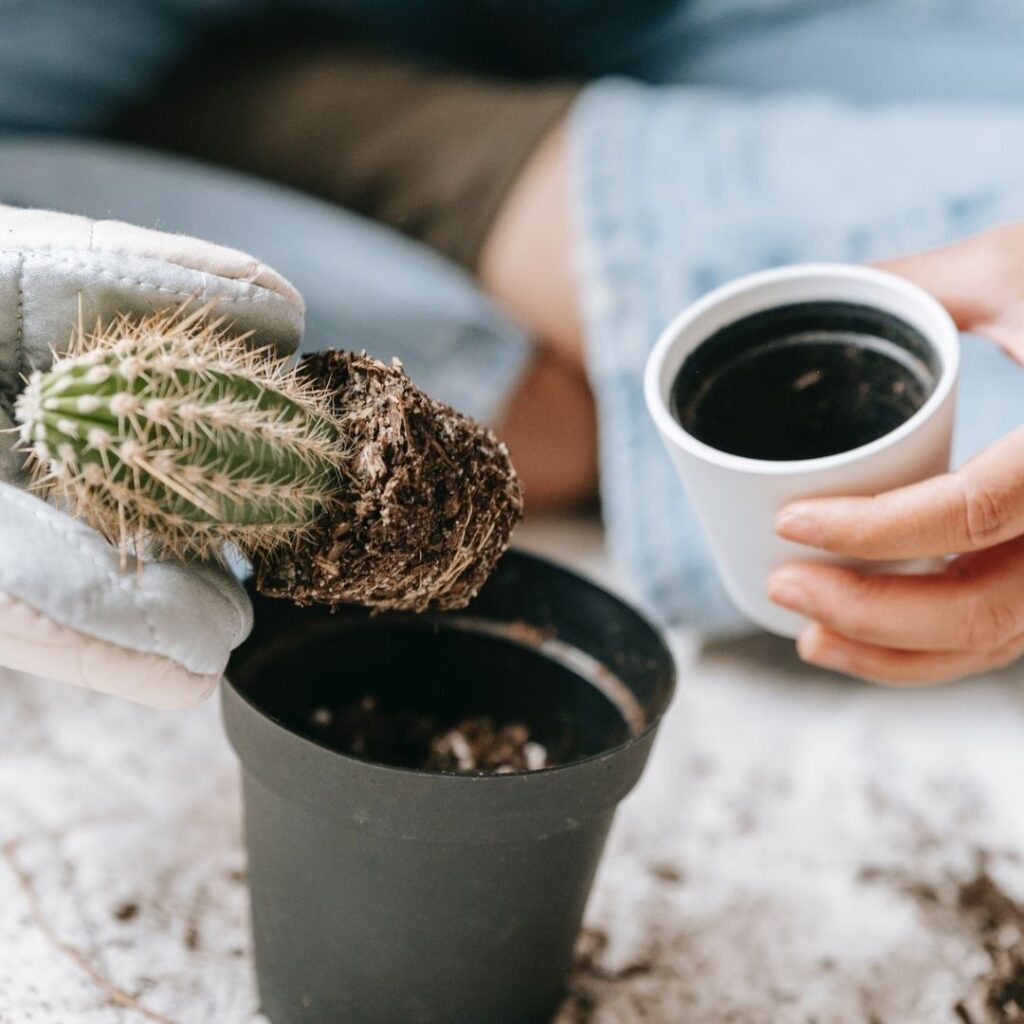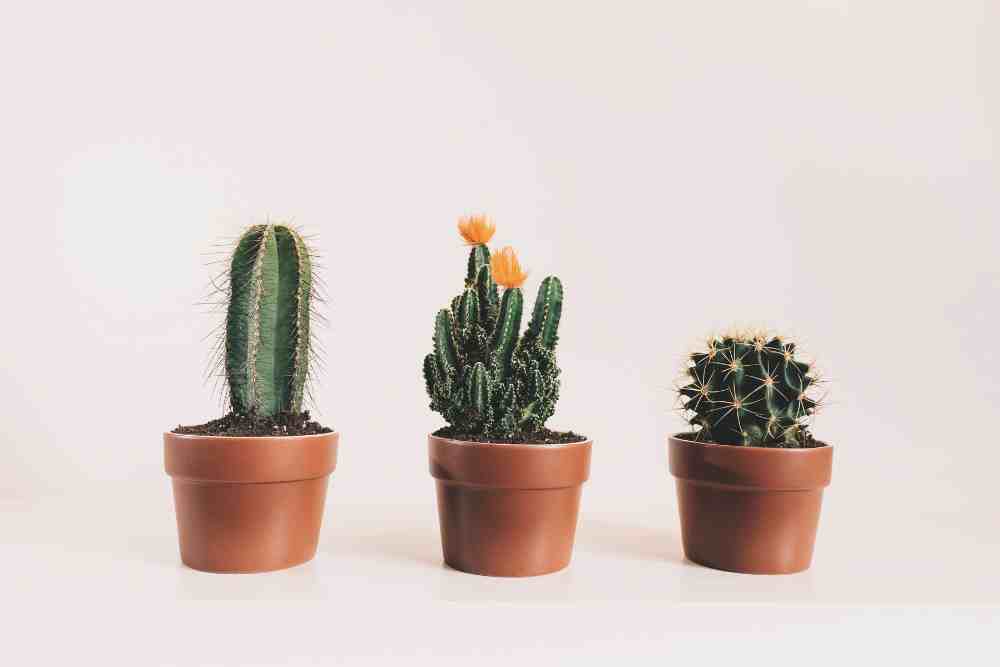How to Grow a Cactus: A Comprehensive Guide for Thriving Succulents
Cacti are the most unusual and elegant plants globally, with bold shapes of all kinds and beautiful green color variations. A cactus plant is a great insertion to the home because of its striking shape, size, and flowers. These houseplants are a unique, decorative way to add interest to your home, living space, and office.
The name ‘cactus’ is derived from the Greek word ‘kaktos’, which means ‘spiky plant’. In the Cactaceae family, there are thousands of species of cactus. Native to the North and South America. Typically found in areas subject to drought. In this article we will talk about How to Grow a Cactus in 5 steps.
These plants are perfectly adapted to live in the extreme heat and environment of the desert. Therefore they can most definitely survive the warm and dry conditions of a centrally heated home.
Cactus can live for hundreds of years in the wild. Indoors they may survive for ten years or more. The trouble with old ones is that they tend to look less appealing as they get older as every single knock, scratch, or blemish they get stays with them.
Most people grow cactus either outdoors in the landscape or indoors as houseplants. When you are buying, always read the plant tags for specific details, but for the most part, cacti flourish in full sun and fast-draining soil. Indoors, they are growing near a south- or west-facing window.
When nighttime temperatures are at least 18 degrees C during the summer, you can remove indoor cactus plants outdoors. They need to start their outside stay in a protected spot. Let cacti get used to being outside, then move them to an area with more sun. If you’re planning to move plants indoors and out morning, the sun is best.

Cactus Plant Care Instructions
Light
Some cactus species may burn in direct summer sun if they haven’t been hardened off first. A south-facing window is ideal. Especially in the winter, strong light is essential for healthy desert cacti.
If your cactus plants start to turn yellow or brown on the side facing the sun, then let them cool down in a different spot. Keep cactus in bright light or artificial indoor lamps. During the summer months, you can keep your cacti outdoors on the patio to enjoy some bright summer sun.
Water
Only water if the plant begins to wilt. During watering, make sure the plant is thoroughly watered. Dessert cactus plants are actively growing and blooming both in the spring and summer; therefore, water them thoroughly whenever the compost begins to dry.
During the winter rest period, nearly stop watering. Overwatering of dessert cacti in the winter will cause rot either at the tips of the growing areas or at the base of the plant. You can water your forest cactus as a normal houseplant during the summer, and when the buds begin to show.
During the resting period of forest cactus, only water when the soil is dry to the touch. Forest cactus should not be watered heavily as with succulents and desert cacti during the rest period because root rotting will result. If the rot is advanced, it can only be treated by starting new plants from cuttings or discarding the whole plant.
Soil
Cacti typically occur in shallow, rocky, mineral soils formed from the weathered rock; these soils contain little humus but can have high nutrient levels. Porous soil also allows water drainage, and this is an essential condition for cultivated cacti because cacti are susceptible to fungal root infections if the soil is not periodically dried.
Cacti are slow-growing plants and rarely need repotting. Dessert cactus should be potted into a fast-draining cacti mix or regular potting soil with inorganic agents to increase drainage and aeration. Many cactus species will bloom better when they are slightly underpotted. For forest cacti, it should be used a regular potting mix. Repot them at the beginning of the growing season.
Fertilizer
Fertilizing is beneficial for us, and there are specialized ones with just the nutrients they need. During the summer, fertilize them lightly with every watering, as they prefer to be fed in small doses regularly. Reduce fertilizing during the winter months to allow the plants to rest.
The best type of fertilizer for cacti is slow-release fertilizer as it will feed cacti for a longer period, sometimes up to 4-6 months(Eg: Bone-meal or eggshells). Slow-release fertilizers will slowly release nutrients without shocking cacti and will mimic natural fertilization in their natural environment.
Water-dissolved liquid fertilizer can also be used when watering cacti. Use higher potassium, and lower nitrogen, fertilizer during the growing season in summer, mix in water, and use as directed.
Cactus Plants Pests and Diseases
In the winter and fall, cactus plants are susceptible to rot from overwatering. This is the most common disease with cacti. Cacti can also have problems with mealybugs, aphids, and mites in some areas. Chemical sprays can be used to overcome these problems.
Repotting Cacti
In order to promote healthy growth and keep your plant alive, repotting cacti is very important once in a while. Repotting is necessary because cacti need more space for their roots, and old soil accumulates excess minerals from the water as well as unused fertilizer over time. How often you need to repot cactus is depended on which water you use and whether your cacti have overgrown their current container.
Take out the plant and look at the roots. If you are using tap water to water your cacti, repot every 12-18 months, and the rest – every 2-3 years or so. Repotting gives them a new fresh start for better growth. Slow-release fertilizer can add to the soil to promote better growth.
The containers should be washed and disinfected before using them. And they must have drainage holes. When repotting, be careful with roots. Repot only into dry soil. After repotting, it needs to wait 7-10 days before watering your cacti.
It will allow plant roots to heal before taking in water, thus preventing infections. After repotting, keep cacti away from the strong sun until water your cactus again. Do not repot your cactus in a large container because it won’t be able to absorb the necessary water.
When selecting a container for your cactus, it should have a few inches to each side and some extra depth, but it should not be too large. Finally, place the plant at the same height to allow new space to be used for root growth.
How to Grow a Cactus
1. Since most cacti need well-draining, lightweight soil. Therefore prepare the soil in the planting area by mixing equal parts of native soil and ready-made soil for cacti.
2. Dig a hole that’s equally as deep and 1½ times as wide as the root ball or stem.

3. Keep the plant in the hole, so the north side of the plant faces north. You can mark the side with chalk or a flag, or be sure to ask before you leave the garden center. As the south side of the plant receives more sun, it usually develops sunburn-resistant tougher skin. The north side of the plant has no ability to handle the sun.

4. Fill in around the root ball with additional soil mixture, and pat it gently. Water the plant lightly.

5. Outdoor-grown cactus plants cover with a bit of shade cloth for a couple of weeks; therefore, they can get used to the strong outdoor sun.

- 29 Bucket Gardening Ideas for a Lush, Compact Garden - October 30, 2024
- 20+ Chic Boho Bedroom Ideas for a Cozy and Stylish Retreat - June 20, 2024
- 12+ Modern Boho Living Room Ideas to Create a Unique Oasis - June 10, 2024






